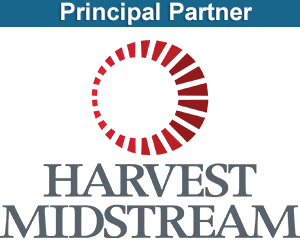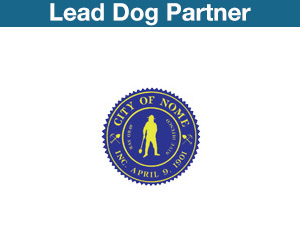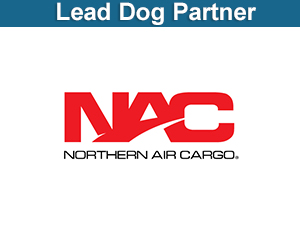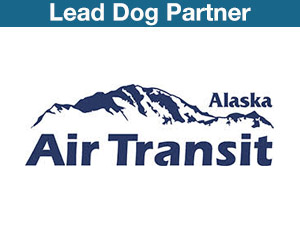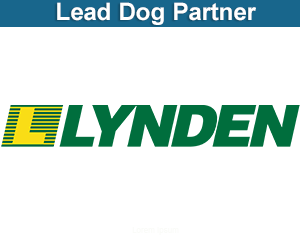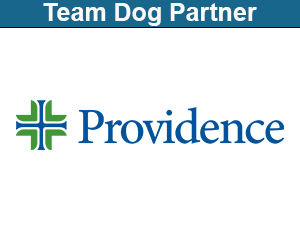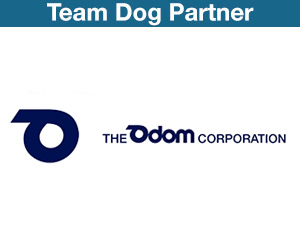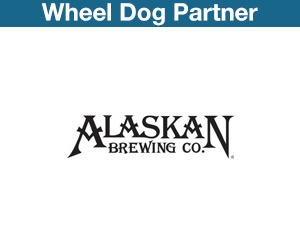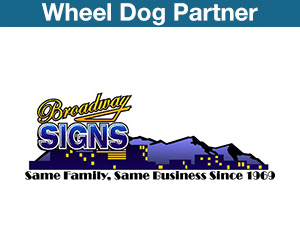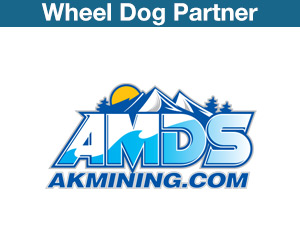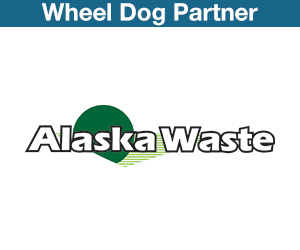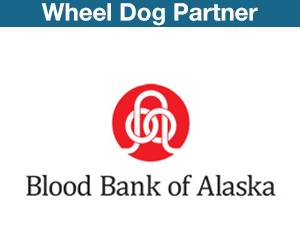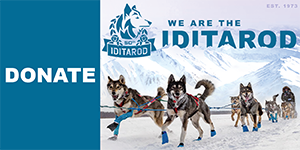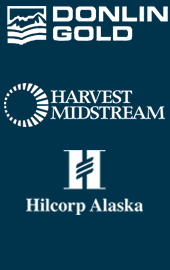
Over the last decade, as human diet trends have become more popular, so too have specialty pet foods. Just as people seek out the latest paleo, keto, or high-octane juice cleanse recipe, pet owners are also drawn to “premium,” or “holistic,” or “carnivore-based” diets. One of the most popular trends in the dog food market is grain-free diets. But are grain-free diets truly beneficial, and, more importantly, are they safe?
What is the difference between standard and “grain-free” diets?
The term “grain,” as it pertains to pet food, includes things like corn, wheat, barley, rye, or other ingredients that are the seed portions of various grasses. “Grain-free” diets are simply made with alternative carbohydrate sources such as peas, potatoes, lentils, or other legumes in place of traditional ingredients.
Are grain-free diets “low carb”?
Not necessarily. All kibble-based pet foods require some level of carbohydrate to be manufactured. In fact, when using things like legumes or potatoes in place of grains, these diets may actually be higher in carbohydrates than traditional diets.
Are grain free diets more appropriate for dogs?
Not really. Marketing trends suggesting your pet should be fed like a wolf, eschewing grains in favor of meat-centric ingredients, are misleading. The domestic dogs we see today split off the evolutionary tree from wolves perhaps as long as 40,000 years ago. Genetic studies have demonstrated that co-evolution alongside people has led to changes in starch and fat metabolism in domestic canines that make them far more omnivorous than their wolf counterparts.
Are dogs allergic to grains?
Maybe in rare instances. True grain allergies are exceedingly rare in dogs. It is much more common for dogs to be allergic to proteins like beef or chicken. Furthermore, dogs that seem to improve on grain-free diets may actually be responding to some other component of a diet that has been changed concurrently, like cutting out treats, eliminating excess variation in foods, etc.
Are grain-free diets safe?
Some may not be. Since 2018, the FDA has been investigating a potential link between grain-free diets and a form of heart disease called dilated cardiomyopathy. From the FDA website:
In July 2018, the FDA announced that it had begun investigating reports of canine dilated cardiomyopathy (DCM) in dogs eating certain pet foods, many labeled as “grain-free,” which contained a high proportion of peas, lentils, other legume seeds (pulses), and/or potatoes in various forms (whole, flour, protein, etc.) as main ingredients (listed within the first 10 ingredients in the ingredient list, before vitamins and minerals). Many of these case reports included breeds of dogs not previously known to have a genetic predisposition to the disease.
Research into the nature of this relationship is still ongoing. Pet owners currently feeding or interested in starting a grain-free diet are advised to speak to their veterinarians regarding its safety and suitability for their dog.
What is the best food to feed my dog?
Ultimately, the choice of pet food is a combination of many factors including a pet’s age, lifestyle, underlying health issues and owner preference. Given the myriad choices available, it is best to schedule an appointment to speak with your veterinarian about what options best fit yours and your pet’s needs.
Disclaimer: The Content is not intended to be a substitute for professional veterinary medical advice, diagnosis, or treatment. Always seek the advice of your veterinarian with any questions you may have regarding a medical condition for your pet.





